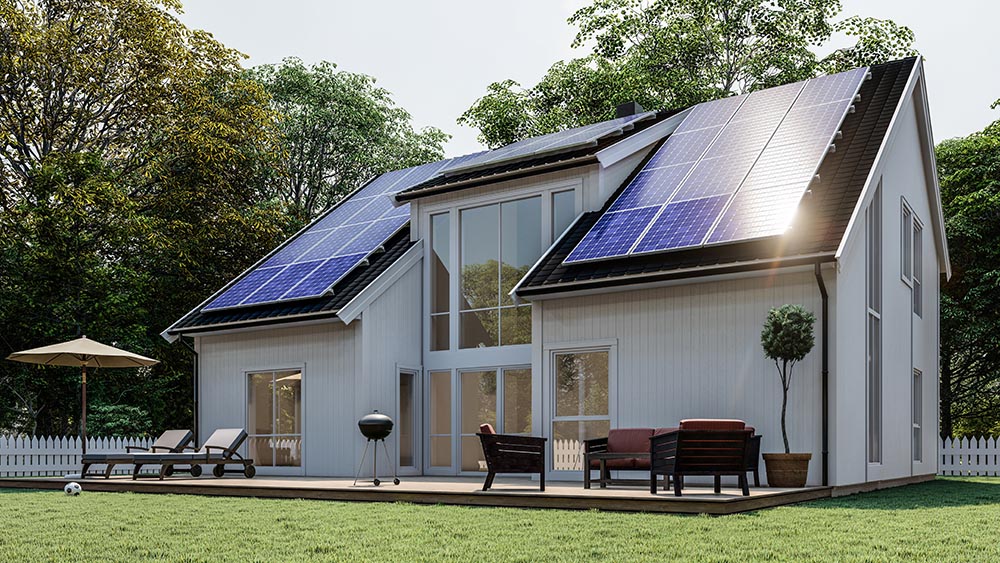More and more, people are fed up with high energy bills, renewable resources, and domination from one or two energy source providers. If you have been looking for ways to cut back on energy costs and consumption, you are not alone.
If you have been hearing more about Net Zero homes, that’s good. You will be hearing more about them as time advances. In fact, it’s moving beyond just residential homes.
What is a Net Zero Home?
Not every net-zero home is run in the same way, but they all function by their own sources of renewable energy. A house is considered net-zero when it generates as much energy as it uses. Therefore, the net amount of energy it relies on from its local provider is zero.
Net-zero homes rely on their own energy production that is capable of producing as much power as the household uses in a year. It means using less energy to make sure you can generate enough to keep going.
The best part about a net-zero home is the lifelong savings you will see. Plus, you are not using depleted resources, so you will always have access to energy because you are continuously making it.
What Makes a Home Net Zero?
A net-zero home depends on many different parts to make it produce and use less energy using a variety of methods. It incorporates many available methods of harnessing renewable energy sources.
If you are considering building one, buying one, or even converting a home to become net-zero, there are plenty of benefits. The savings are just the beginning.
Net-zero homes are designed to be up to 80 percent more efficient than conventional homes, so they require less energy to begin with.
They can be designed to take advantage of warmth and light from the sun, known as passive heating.
With great design, they are well sealed to prevent even the smallest drafts.
They are well insulated with additional layers to retain heat in the winter and remain cooler in the summer.
High-efficiency appliances and other electrical devices help keep energy use down. Plus, they can be operated using alternative energy sources.
Advanced HVAC systems can not only work more efficiently but also work from renewable resources.
Worth The Investment
Starting a new home to be net-zero is absolutely worth the investment. You will save a lot of money through all of the aspects of the home’s ability to produce its own energy.
You can also convert your current home to become net-zero, with careful planning and smart renovations. This would include upgrading or replacing insulation to reach code standards, placing windows to work with the sun, redesigning HVAC systems, and switching over to energy-generating technology.
You cut down on your ecological footprint considerably. You will be preserving resources and reducing greenhouse gas emissions.
While the upfront cost might seem extravagant, remember the saving you will be getting. Savings for the rest of your time in that home. There may be tax and other incentives available for investing in net-zero homes, as well.
Besides, you will increase your resale value as more people will be looking for houses that simply function better and are designed better.
Why Wait?
If you need more information, why not contact the experts on Net-Zero homes at Live Smart Construction? They can help you decide if a Net-Zero home is a possibility for you.
If you are considering converting your existing home, ask about any incentives or ways you can do that quickly and efficiently.

